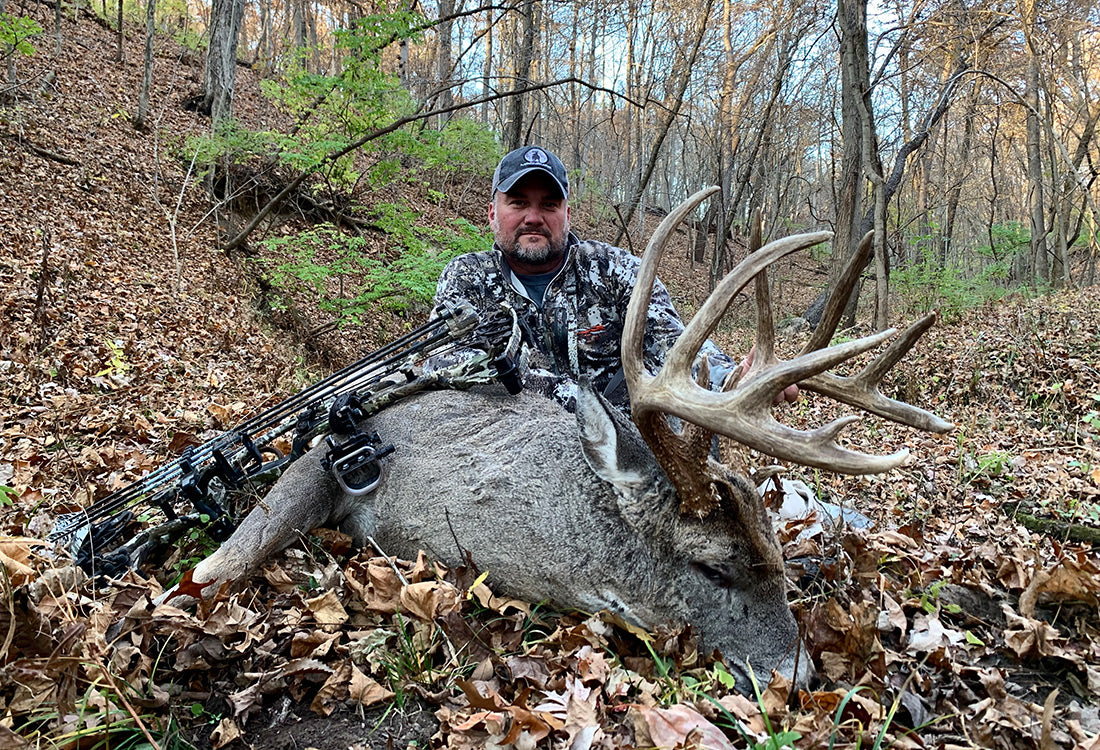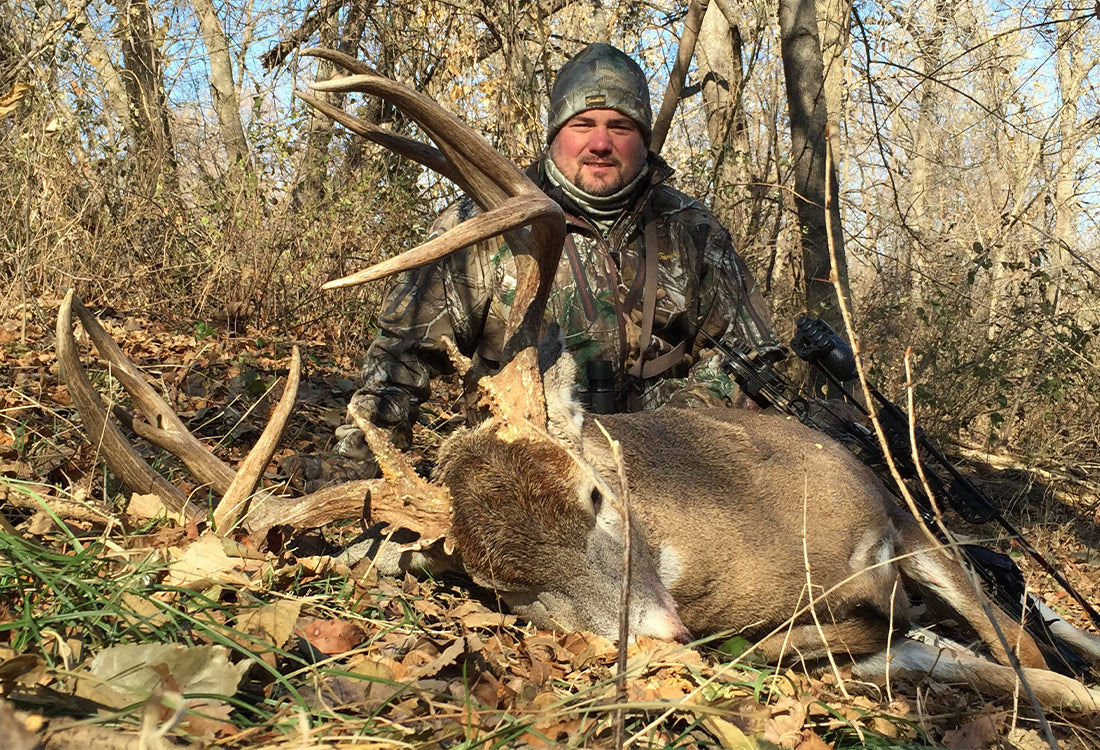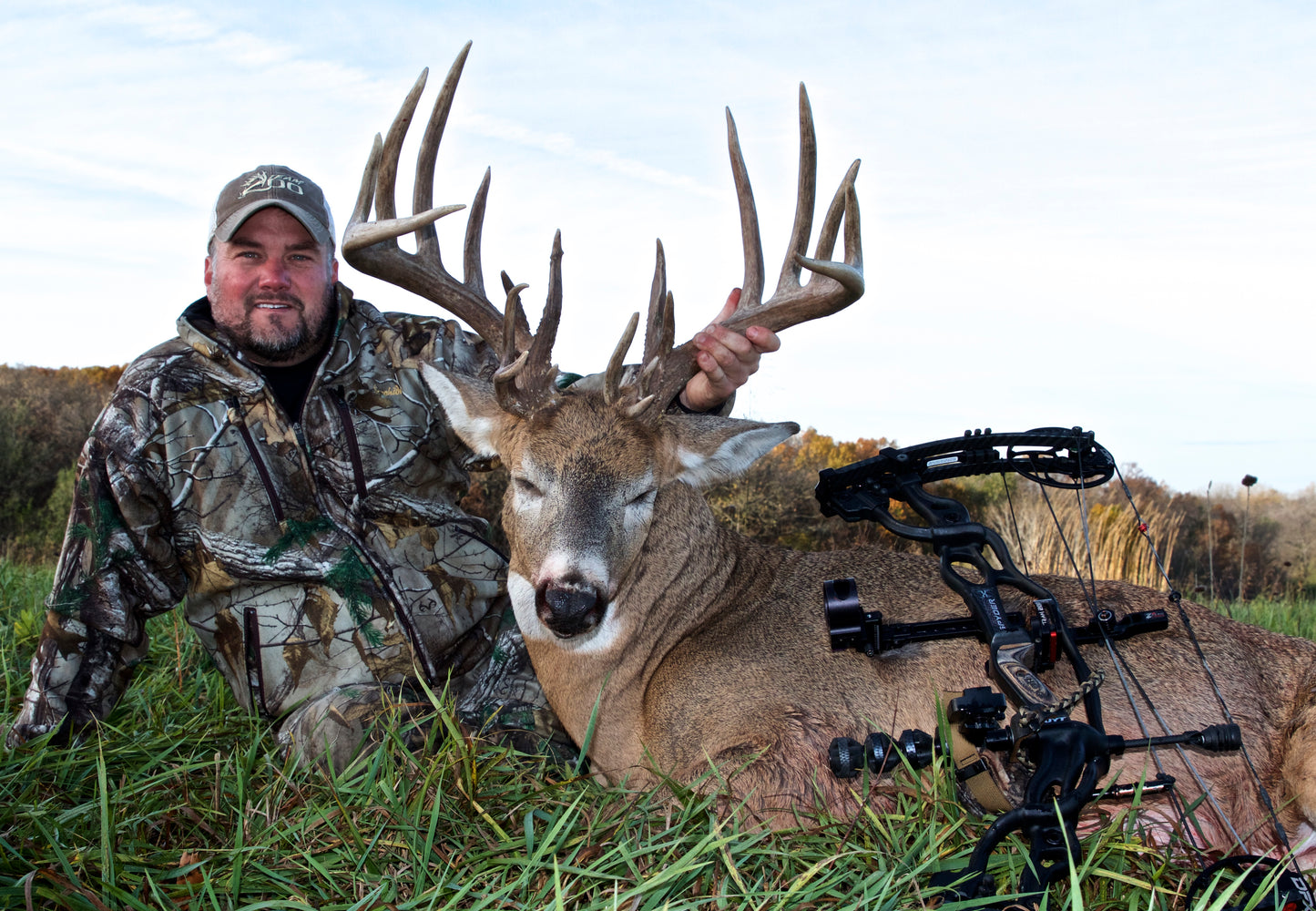
MoonGuide Science

Wind
When I quit hunting winds that were good for me and started hunting winds that were good for the deer I was after, my success changed dramatically. You have to find a weak spot along a bucks travel pattern where you can get within bow range of him while he’s using the wind to his advantage. Giving a mature animal the wind he needs to feel comfortable enough to move during daylight is crucial.

Weather
Without question, the weather influences deer activity. Certain weather patterns can amplify deer movement while others can suppress it. I’ve witnessed increased activity during days with high barometric pressure, during cold fronts and I’ve seen deer come out of the wood work right after an afternoon rain shower. I’ve also witnessed some of the biggest bucks I’ve ever seen move when they weren’t supposed to; during high winds or extreme heat. Any weather pattern that increases daylight activity is a great factor to have on your side, but I don’t believe it's as significant as the Red Moon.

The Red Moon
I think most hunters believe there is something to the moon and its effect on deer, they just don’t fully understand the correlation. Here's the short version:
There are 2 very significant times every day when the moon is actually closer to the earth than any other time of the day. It’s during this “peak” time that the moon has the most gravitational pull on the earth. This pull is so strong it moves the largest mass on this planet, the oceans! This pull is what triggers the tides and it triggers both animals and fish to feed. The key to this; there are only a handful of days each month when these “peak” activity times occur at primetime, when deer normally want to move anyway. This short window of opportunity is what we refer to as the Red Moon.
On any given day, the majority of your deer herd is going to move at dawn and dusk except for the oldest, most mature bucks. This animal we’re talking about is different then the rest and some veteran hunters believe they act like a different species altogether. After surviving 4, 5 or even 6 hunting seasons, they’ve learned that it’s not safe to move during daylight. As they age, their core areas shrink, they participate in breeding less each season and eventually care more about staying alive than anything else. With an animal this cautious, I believe the natural, instinctive gravitational pull of the moon hitting at primetime is just enough to trigger a cagey old buck to move just a bit earlier than normal, giving the prepared hunter his best chance at catching these elusive creatures making a crucial mistake during daylight.

In Conclusion
Any of the natural factors mentioned above could trigger a big buck to get up and move at any given time, I consider them equally important to daylight activity. It’s when you combine 2 or 3 of them that things get bloody for a monster buck. The more of these factors you can line up, the better your chance for success. I truly believe this is the "Perfect Storm" for killing a giant buck and ironically, I'm seeing more and more evidence that the same holds true for other big game species as well.
Don’t get me wrong, I’m not advocating for anybody to not hunt if the conditions aren’t optimal. During the season I'm in the woods everyday and if things aren't lined up I'm scouting, hunting other farms or sitting in an observation stand 2-300 yards away from my kill tree hoping to pick up another piece to the puzzle. The point I really want to make is this; if you can have the discipline to stay out of your best spot until everything lines up, you could have your best chance of killing your target animal this fall on the Red Moon.
Good Luck and be safe!


